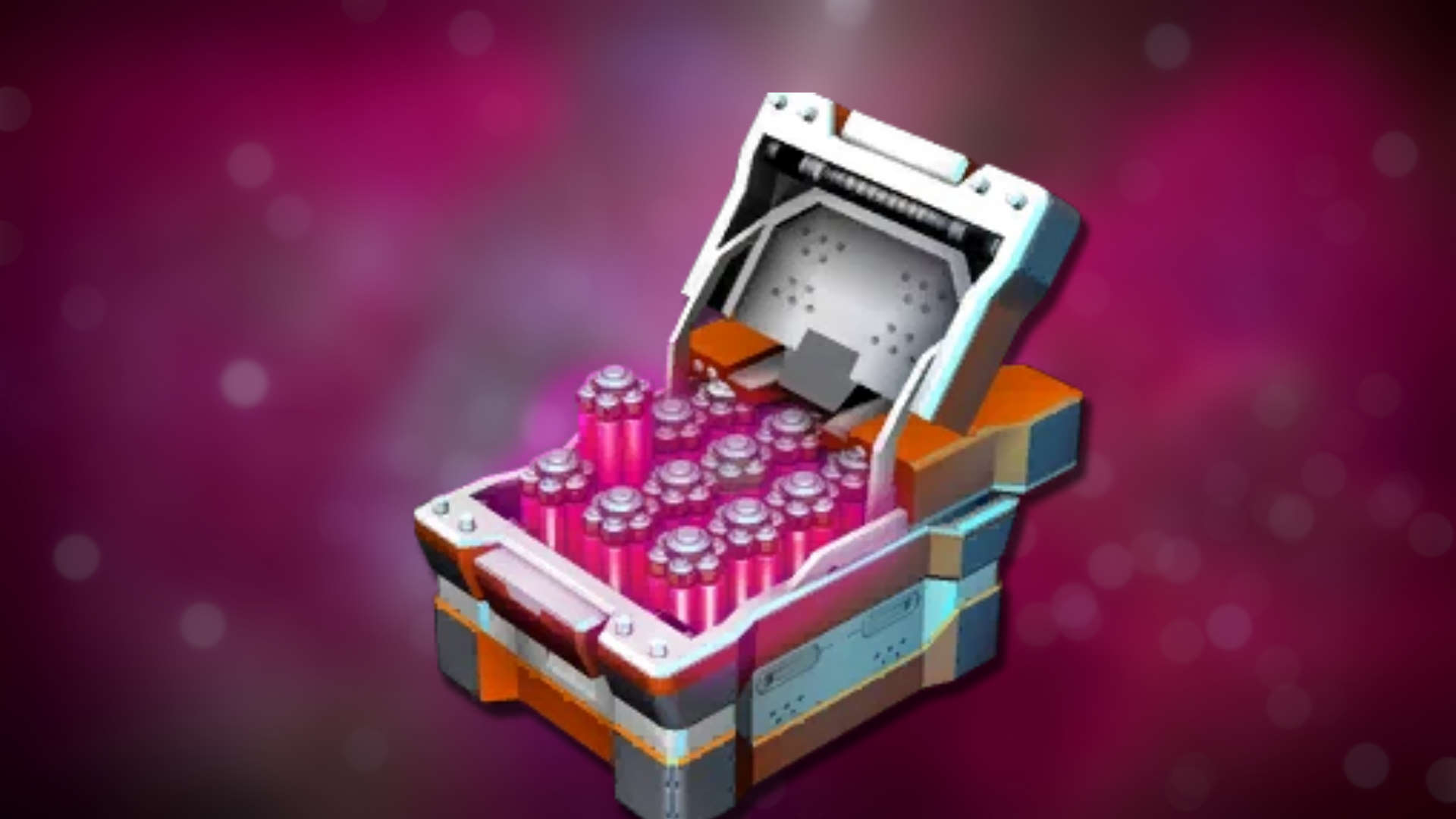Breakthrough energy scavenging carbon nanotube tech could banish wires forever
It's likely to power chemical reactions and nanobots, but could it be taken even further?

Imagine never having to charge your mouse or keyboard again, thanks to its incredible ability to scavenge and regenerate energy all by itself. That would be the dream.
Today, MIT engineers have taken another step toward banishing the bane of wires, with a completely new way of generating energy. This is not a drill.

Best wireless gaming mouse: ideal cable-free rodents
Best wireless gaming keyboard: no wires, no worries
Best wireless gaming headset: top untethered audio
I hope this sends a shiver down the spines of oil barrens everywhere, because now scientists can generate energy using carbon nanotubes that effectively steal electrons from surrounding polymers.
The tech is a follow up from previous carbon nanotube research by Michael Strano, the Carbon P. Dubbs Professor of Chemical Engineering at MIT. Back in 2010, Strano proved that thermopower waves—or heat pulses that create energy—could be generated by coating carbon nanotubes with a layer of fuel.
Now the research has been furthered by Strano and his team, and it's looking quite promising.
This time, the nanotubes had to be ground up and made into particle sheets that were then covered in a Teflon-like polymer coating for 'asymmetry'. Once they were cut to the necessary size and submerged in an electron-hungry organic solution such as acetonitrile, BAM, the energy scavenging could begin.
"This technology is intriguing," says Strano, "Because all you have to do is flow a solvent through a bed of these particles. This allows you to do electrochemistry, but with no wires."
The biggest gaming news, reviews and hardware deals
Keep up to date with the most important stories and the best deals, as picked by the PC Gamer team.
The process can only generate 0.7 volts of electricity per particle at this point, so it may be a while before your peripherals are generating their own energy. But at least Strano is working on a way to regenerate the necessary polymer coating using carbon dioxide as a building material, through a solar-powered process akin to photosynthesis.
It's likely this new method of generating energy will be invaluable across the chemical industry, and could even power tiny micro- and nano-bots—you know, for government mind control. Or like… actual science.
Who knows, years from now we might look back at our wire-laden desks and cringe, as we dubiously hold our mice out of the window for a quick recharge.

Screw sports, Katie would rather watch Intel, AMD and Nvidia go at it. Having been obsessed with computers and graphics for three long decades, she took Game Art and Design up to Masters level at uni, and has been rambling about games, tech and science—rather sarcastically—for four years since. She can be found admiring technological advancements, scrambling for scintillating Raspberry Pi projects, preaching cybersecurity awareness, sighing over semiconductors, and gawping at the latest GPU upgrades. Right now she's waiting patiently for her chance to upload her consciousness into the cloud.

